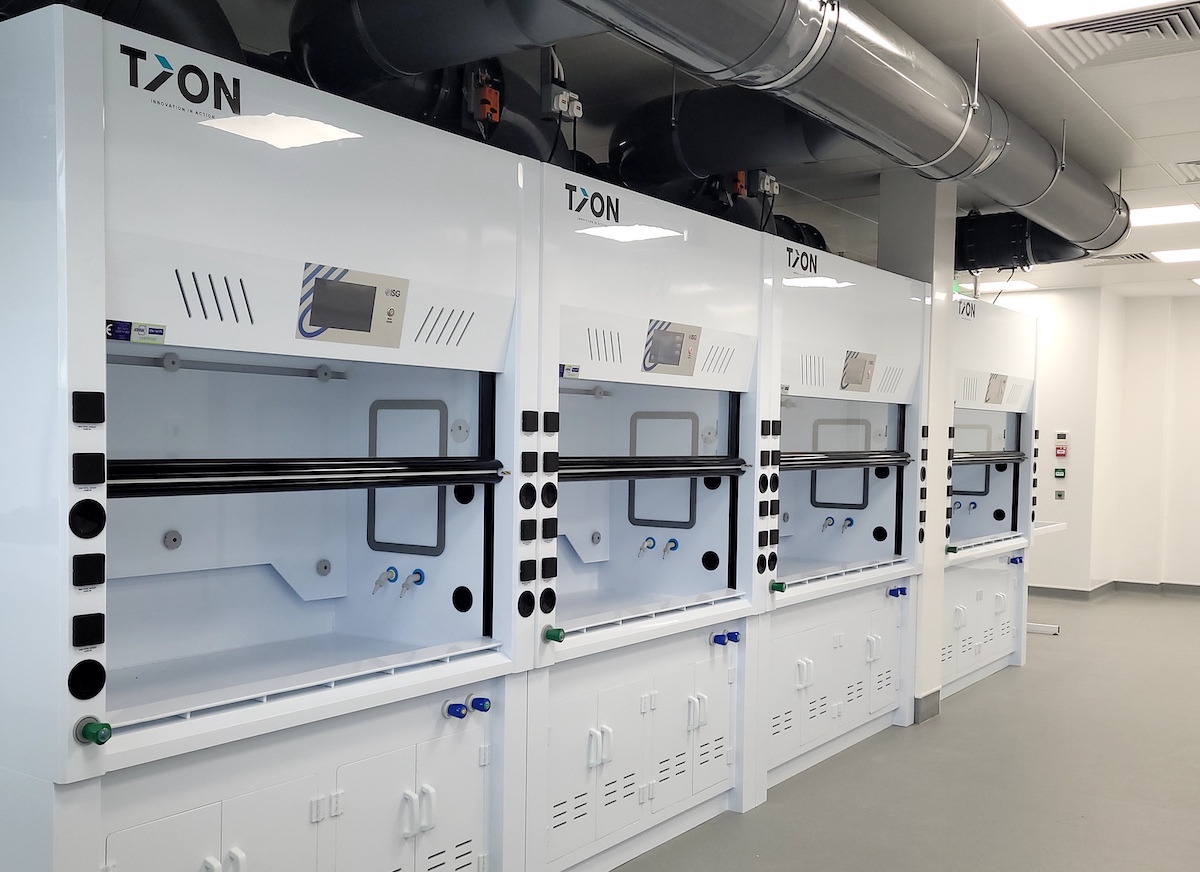Members Login

Channels
Special Offers & Promotions
Energy Efficient Fume Hoods

A fume hood is an integral laboratory component, keeping workers safe while handling potentially dangerous chemicals and gases. However, fume hoods can cause significant harm to the environment.
Unlike other types of laboratory safety enclosure that will recirculate the air once contaminants have been scrubbed out, typically, fume hoods vent around 250 cfm of condition air into the environment. Extra energy is needed to keep the control functions and exhaust fans operating too.
It isn’t surprising, then, that manufacturers of fume hoods have been working on minimising their environment impact over the past two decades while also ensuring the devices are as safe as possible.
Fume hoods must pass EN 14175 testing every year, and this includes smoke testing and inflow velocity testing. Therefore, finding ways to ensure that the latest hoods have minimal environmental impact while also protecting employees to the required level is key.
Here, TION look at some of the ways that manufacturers are achieving this goal.
Using Ductless Technology
Ductless technology, along with the opening dimensions of access areas and fan efficiency, is a significant contributor to the energy efficiency of any fume hood’s operation. A fan that is energy efficient will only use 2 amps and thus reduce consumption of electricity, while limiting access area size to just 8” will reduce outside airflow and maintain adequate air velocity.
In conjunction with these two changes, ductless technology can also reduce energy costs as it eliminates conditioned air venting and the requirement to produce more air in order to replace the vented air.
A ductless fume hood will recirculate the laboratory’s air once fumes and particulates have been filtered out rather than venting the contaminates as well as large amounts of air that contains them. A ductless design uses air velocity and airflow meters to make sure the hood is providing adequate air velocity while keeping the working environment safe.
A ductless system has a self-contained filter system and blow motor in the unit so air can move through the fume hood. This type of unit eliminates the need for roof-mounted ducting and blower motors, and so makes it easier to plan lab designs too.
Systems With Variable Air Velocity
The efficiency of fume hoods can also be improved by adopting systems with variable air velocity or VAV systems. These systems have a venturi-style or butterfly valve in their duct systems, located above their fume hoods.
The valve is connected to the fume hood’s controller which monitors the hood face airflow as well as the sash position. When the sash goes up, the VAV system opens, enabling a larger volume of air to come through and be exhausted. Once the sash lowers, the VAV systems starts closing, thus exhausting and moving less air into the environment from the laboratory via the hood.
That means that VAV systems can reduce the amount of conditioned and makeup air required by the HVAC system in order to maintain working conditions that are comfortable.
By implementing these changes, it’s possible to protect both workers and the environment in one fell swoop.
Media Partners


